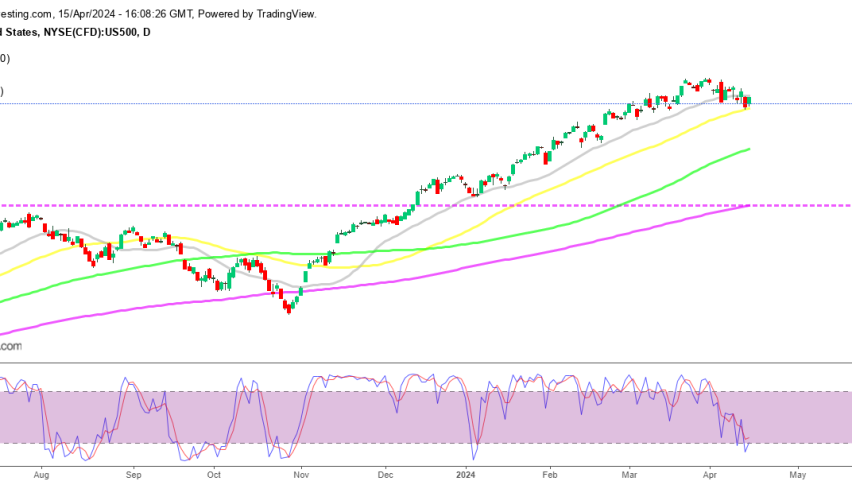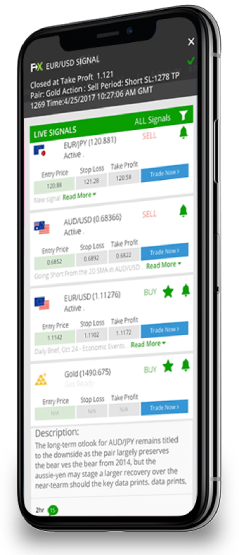After the US CPI inflation numbers on Tuesday, the next major event for the week is the retail sales report, which will likely send the stock market surging, while the USD tumbling lower if they come on the weak side. Markets are already pricing in a FED rate cut in June, and a soft retail sales reading for February after the decline in January will solidify those expectations.
Official Forecasts for February Retail Sales
Retail sales are forecasted to have jumped by 0.8% month-on-month (MoM) last month, rebounding from a -0.8% reading in January. Core sales which exclude Autos are expected to show a 0.5% MoM increase compared to the previous release of -0.6%, while the Control Group, used for GDP calculations, is anticipated to rise by 0.4% MoM, following a -0.4% reading in January. After a disappointing retail sales report in January, primarily attributed to seasonal adjustment concerns, a robust 1.0% MoM comeback is expected in February, with auto sales driving the recovery.
Additionally, retail sales excluding automobiles and petrol are projected to increase by 0.5% MoM, with control group sales expected to grow at a similar rate of 0.4% MoM. Overall consumption is anticipated to expand again this quarter, albeit at a slower pace than in Q4 2023. Consumption is likely to be sustained in the near term as long as the US labor market remains strong, but risks of a more significant downturn in both the labor market and economic activity loom for the year ahead.
Potential Stock Market Reaction
With the predicted 71 basis point (bps) rate, the crucial question is whether equities can maintain their upward trend in the face of potentially increased borrowing costs, which differ from the Federal Reserve’s earlier estimates. If the rate settles at 61 basis points, the perspective may move towards two rate cuts rather than three. The focus now switches to the imminent release of the February retail sales report.
Analysts predict a 0.8% monthly increase in retail sales, which is quite a recovery from January’s dip, which was the worst drop in ten months. The year-on-year growth rate fell to 0.6%, the lowest level since the second quarter of 2020, when the COVID-19 epidemic began. However, with high expectations comes high disappointment. So, if the rate of growth is close to 0% then that would be taken negatively by markets, after the weak employment numbers last week. Stock markets continue the major uptrend and S&P 500 closed near the highs yesterday. A soft reading or a decline in February sales would accelerate the upside momentum even further, while the USD decline would pick up further pace too.
Fortunately, leading Purchasing Managers Index (PMI) figures show that the consumer goods sector outperformed other main sectors of the US economy in February, while consumer services expanded at the quickest rate since August last year. These encouraging indications may pave the path for strong retail sales statistics, further damping prospects for Fed rate reduction.
S&P 500 Live Chart




















